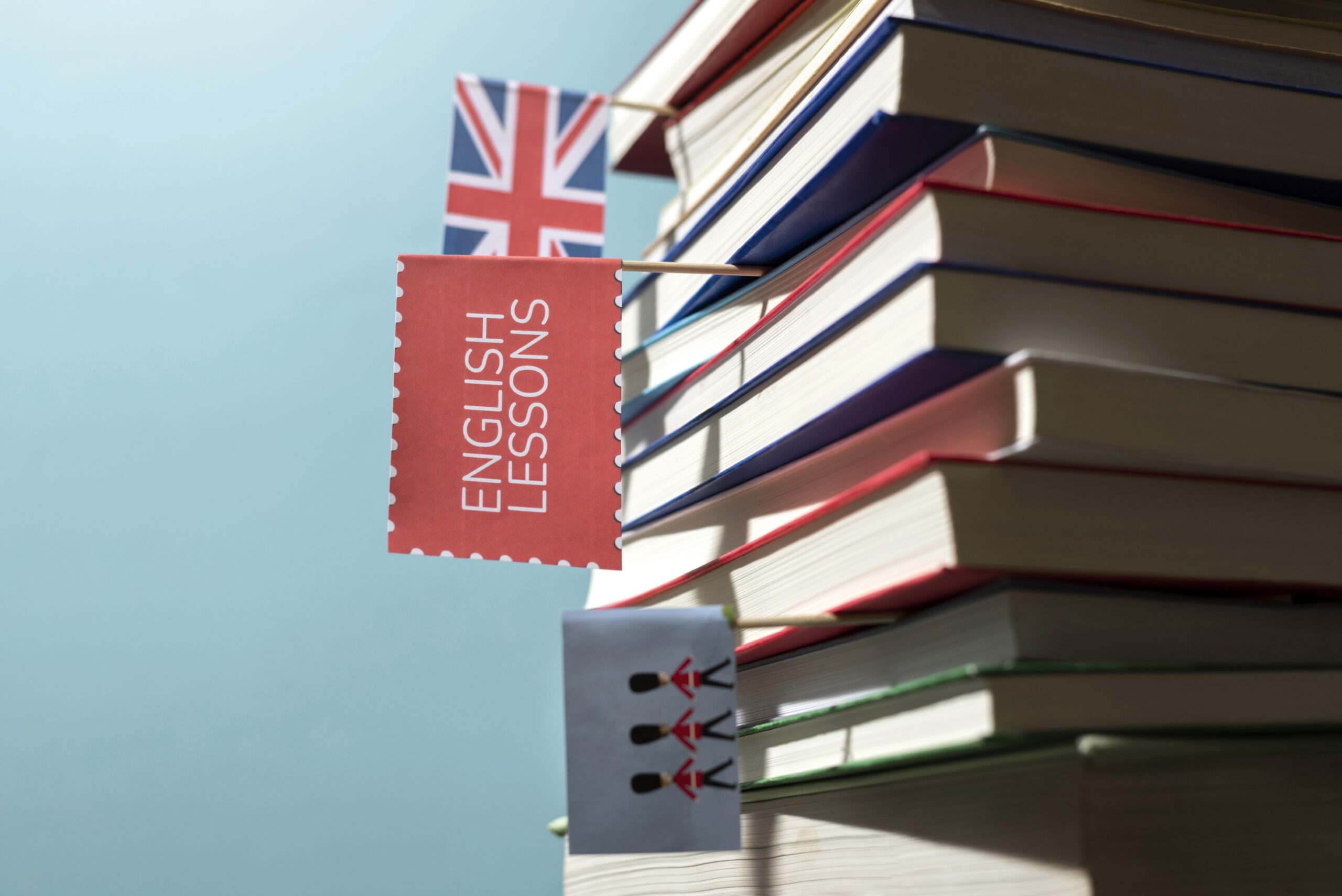Using a variety of materials in the classroom has a long-lasting effect on student’s motivation and sense of achievement.
The use of specific materials like authentic texts , videos, games and innovative activities to supplement a lesson are a great way to engage all students and promote active learning. Students, for example, can participate in a school play, create their own song, poem, recipe or a video game using several learning styles ,apart from the traditional ones ,like visual, kinesthetic, auditory etc.
Projects involving oral presentations, art, games and teamwork can reinforce their strengths and bring enjoyment in the class. Moreover, providing them with a SWOT analysis activity they can work on their interests and strengths and you can get surprised by how talented they can be! Supplementary materials can also help learners have a leading role in the lesson and get them to relate their world to that of the class. Students can use a role play or take the initiative to assign a task to each other and create something together. In this way, they become more autonomous , gain linguistic and cultural knowledge of the language they use , while imagination , creativity and collaboration are enhanced.
They can practise both their receptive and productive skills by eliciting tense forms and vocabulary , unjumbling paragraphs in texts , poems, songs, recipes or filling in gaps. Reciting poems or singing songs can also improve their reading ,listening and pronunciation skills!
The use of diverse materials can undoubtedly help unresponsive ,neglectful and disrespectful students and those with lack of concentration ,hyperactivity and special learning difficulties, in general. Students get involved and cooperate with each other as a team learning in this way the value of empathy, respect and compassion. Besides, their self esteem improves and they feel more appreciated , connected and empowered, thus building positive relationships both in and outside the classroom.
Although it may take time and effort on the part of the teacher to create an environment of positivity in the classroom, it is worth it. Through the activities, the educator can praise and reinforce the students’ strengths and create a supportive and enjoyable environment where learners are able to express and share their thoughts , feelings and worries improving their self confidence and self value. They learn that making mistakes is not so important as they are an integral part of the learning process and that encouragement and praise are those which make the difference in learning.
Giving them tasks to do during which they have to keep a record of both theirs and their peers’ performance helps them to become more organized and responsible and focus on the effort rather than the result. This helps them cultivate strong relationships with each other and their teacher, too. Such a task can be a Learning Contract in which both the teacher and the students make a written agreement in which students can work independently, choosing their own activities , setting daily and weekly goals and checking each other’s performance or solving problems. In the same way, materials help them practice not only their language skills but also their life skills as they learn to manage their time organize their study, negotiate and compromise, skills that will help them become leaders of their own lives later on!

